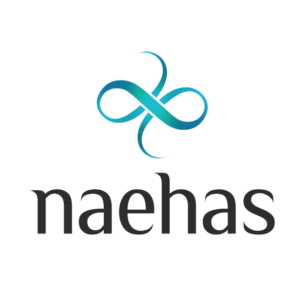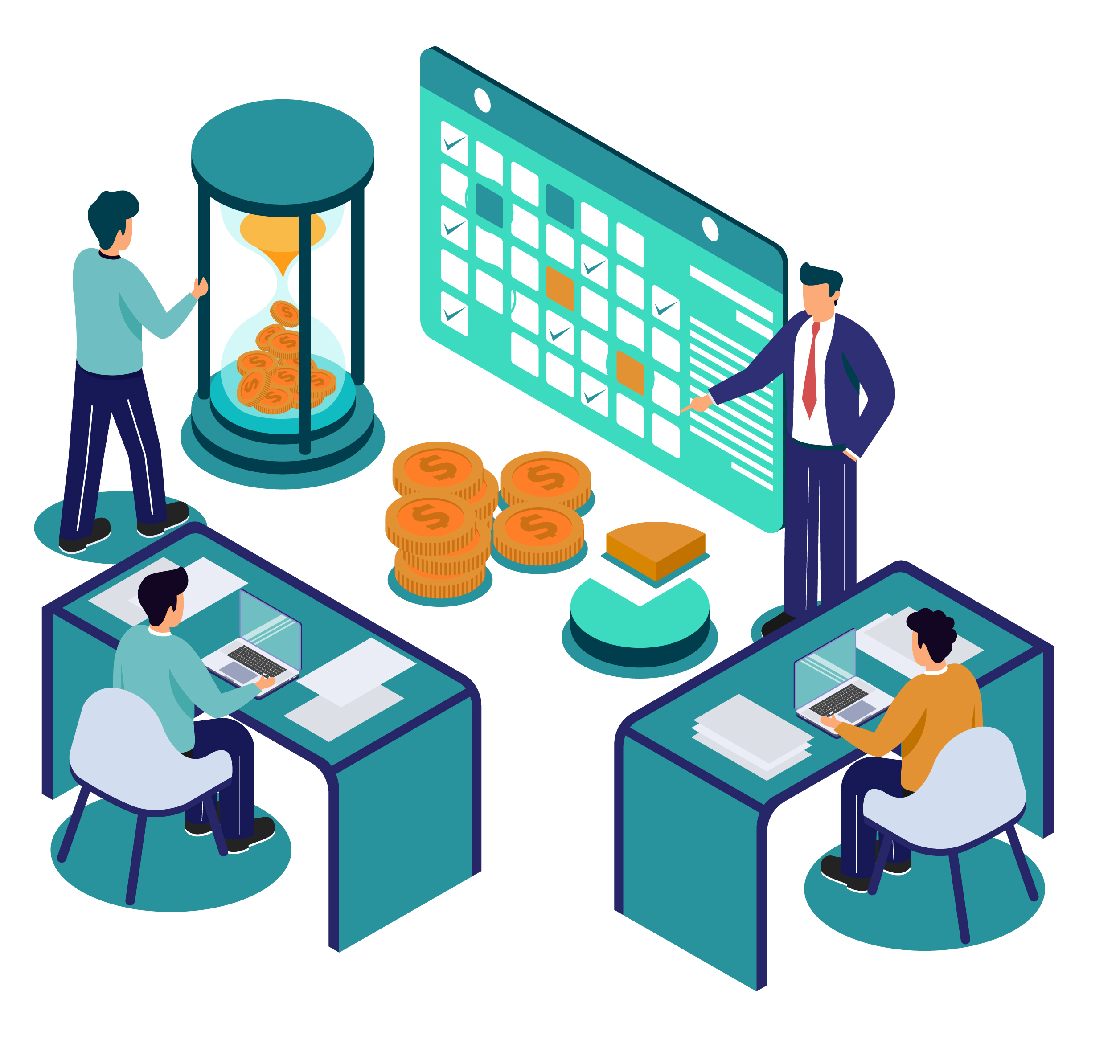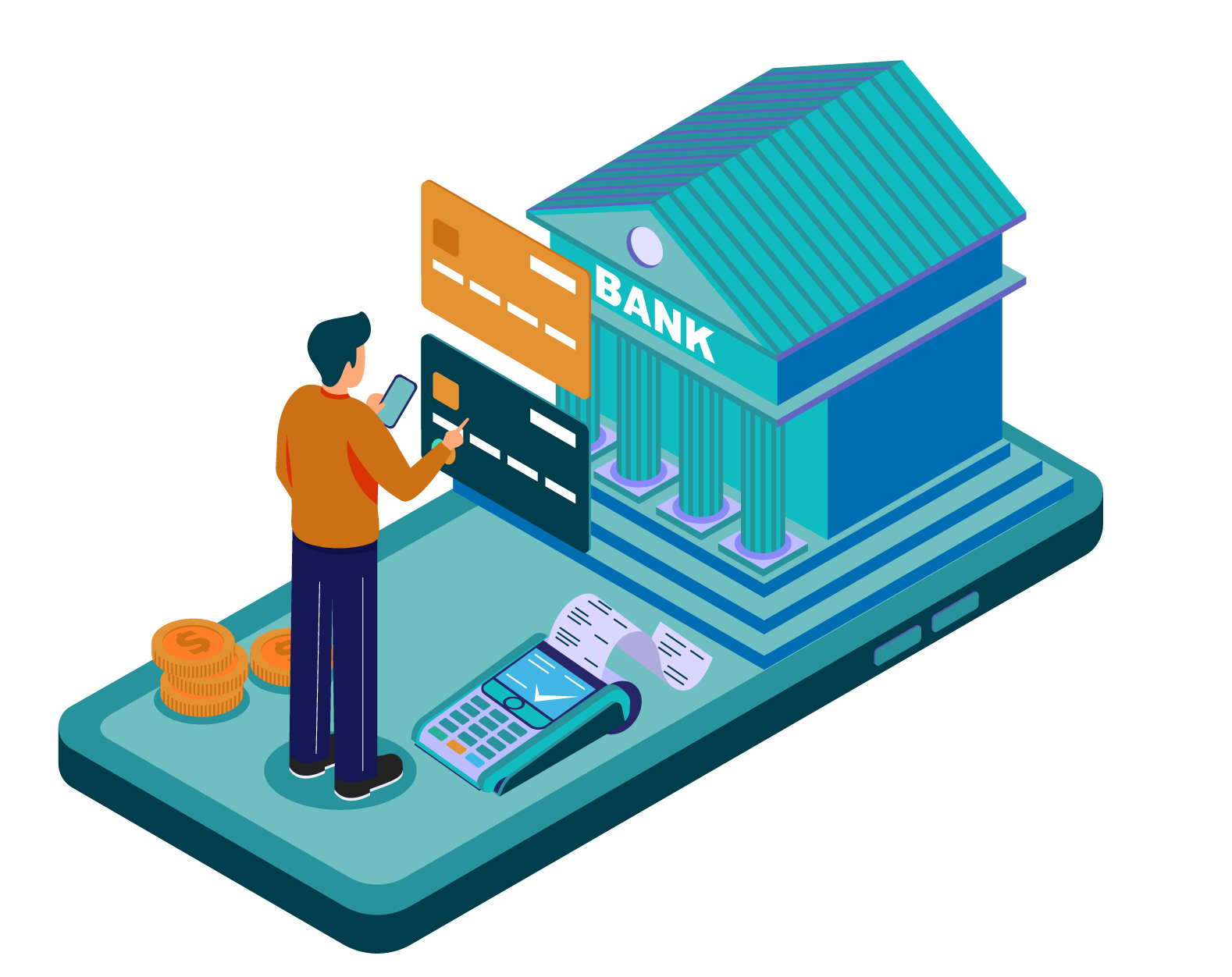What is BaaS? How You Can Become a Bank That Puts Service First
For most of its history, banking was extremely personal — customers walked in, and were close to where the money literally was. Over the last generation, automation has increasingly replaced face-to-face interactions. And while that increased efficiency, there has been an element of service lost.
That’s changing again, without going backwards. The concept of Banking as a Service (Baas) allows individuals and businesses to access personalized care without sacrificing any efficiency. BaaS allows banks to expand their reach to every customer, and is paving the way toward an open banking economy.
Every bank who asks “What is BaaS?” also has to ask how they can leverage it to best serve their customers. You are service-oriented and customer-facing. By understanding how to deploy BaaS, you can become more personalized, more efficient, and more responsive to customer needs while maintaining compliance and efficiency.
Banking being a service isn’t new. But Banking as a Service? That’s cutting edge. It’s time to embrace the future.
Defining Banking as a Service
The “as a service” suffix has been attached to nearly every business model over the last few years, and with good reason: it certainly sounds very technical and modern. But at its heart, the AAS model simply means that something is being presented to a customer, as a service. This differentiates it from a specific product (so you couldn’t have, say “pizza as a service;” you should instead just get a pizza).
In this context, banking has been ripe for becoming AAS-oriented. It is inherently service-oriented, and is now taking advantage of technology that facilities a genuine connection with consumers.
So, what is Banking as a Service? Simply put, it is how banks provide their services and financial products through third-party distributors.
These third-party distributors are generally known as Fintech companies. These companies are creating a regulated infrastructure that allows customers to access banking services from their phones or other mobile tools. But they also allow banks to better serve their customers.
Essentially, there is a pretty easy process toward a BaaS model. It starts with the third-party provider (TPP) pairing with a traditional bank.
- A TPP (fintech, digital bank, etc) pays a fee to access the established BaaS system
- Institution opens its APIs to third-party
- TPP builds new banking products
- Customers access new products through TPP, but essentially interact with their legacy bank
It’s pretty simple. It’s an adaptable model. And it opens up enormous possibilities.
Why Banks Choose BaaS
According to a recent study by Deloitte, 30% of customers are considering switching their banks. But even that can be misleading. There is a lot of desire to switch banks, it’s just that doing so is really difficult. More people would be open to switching if it was easier, or if there was more incentive.
This provides dual challenges and opportunities for banks. They need to create positive incentives for current customers to stay, and create incentives for attracting the wavering customers of the competition.
Customers demand a level of service and expect personalization. BaaS provides both of those. By using nimble applications that customers can pick and choose from, they can create a curated banking experience.
What does this mean?
- More nimble product roll-out
- Faster time-to-market on products
- Increased use of customer data
- Higher customer loyalty
- Lower attrition rates
When you give customers what they expect and demand, you keep existing customers and attract new ones.
But how does BaaS work in practice?
BaaS For Business: A Curated Approach
Think of it this way. On your legacy site, you might have a lot of options for Business Banking, and a lot of options for Personal Banking. Even on the business side, there are going to be a lot of different options for a lot of different businesses. That can be overwhelming and seem a bit impersonal.
But with BaaS, a small business client can hook into the applications that matter most to them. Think about a small bike shop, with an owner pursuing her dreams. She has a half-dozen employees, and a decent revenue stream based on local business. It’s not a huge operation, and on a complicated banking site she could feel overwhelmed.
She isn’t an expert in everything about running a business. Ideally, she could have a banker as an adviser on speed-dial, but at her size, that isn’t practical. So in theory she would have to stitch together a lot of services to make up the difference.
Banking as a Service obviates that. If her legacy bank has the partnerships available to her, she can do everything she needs from a central location, the one where she does her business banking.
She can find the applications that matter to her and run them off her phone and tablet. She can use accounting software, robo-advisors, comparative analytics, payroll applications, and more. None of these apply to personal banking. And they might not apply to a larger business with more dedicated accounting departments.
They all apply to her, though. She can count on the broad and stable support of her legacy bank while taking advantage of personalized technology. That’s true service.
How Banking as a Service Expands The Possibility of Personalization
Banking as a Service, as a term, immediately invokes a lot of bells and whistles. And it should: there’s a lot of really cool customer-facing technology out there. But there is also a lot of behind-the-scenes action that customers don’t see, but that makes their experience even more personalized.
Think about offer management. There are several stages to offer management. You have to determine eligible audiences. You have to prioritize the offers based on business value. You have to distribute and track the offers. You have to reward people quickly and efficiently.
At every step, you have to be fast. To be slow means missing opportunities. Customers go elsewhere. And when rewards don’t come, customers get upset. Again, they are used to personalization.
Of course, offer management is more complex than throwing some BOGO fliers for a restaurant around a parking lot. They are under a strict compliance review process. That slows things down.
A product, pricing, and fulfillment order management platform that accurately builds personalized offers, passing compliance while moving quickly, makes these offers work. It allows banks to identify customers and send them offers quickly, not having to miss a marketing moment.
Now, this kind of platform isn’t something a customer ever thinks about. They aren’t as interested in the mechanics of that, not as much as a cool app. But what happens behind the scenes impacts the way they interact with your bank. They feel more taken care of. And that helps you retain their business.
Turn to Service. Turn to the Future.
Banks already care about service — it’s why you’re in business. But it’s not just about service: it’s about Banking as a Service. The future of banking is about leveraging agile, nimble, and personalized tech to create a curated customer experience.
The technology underpinning BaaS is incredible. But the possibilities it opens up are transformational. Change how you see banking, and transform how your customers see you.










